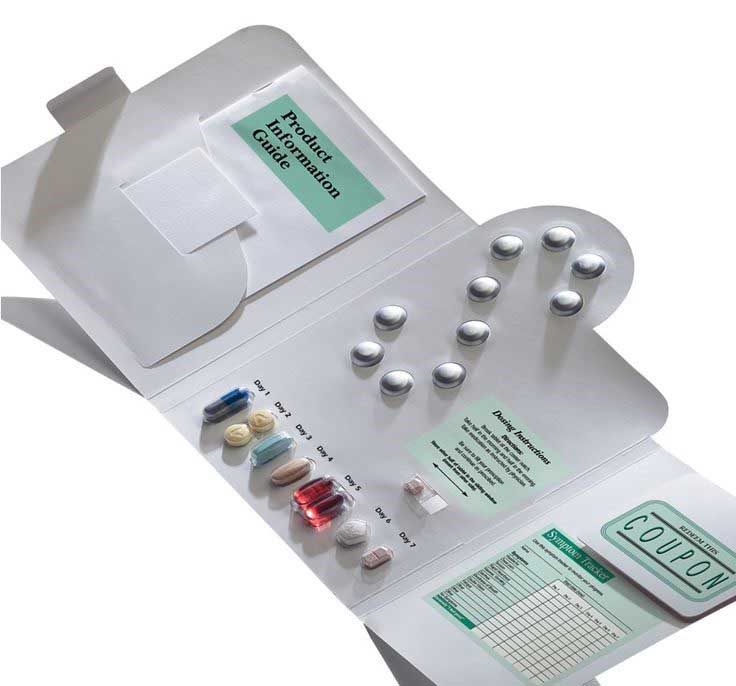Reviewed by Anurag Mishra (Sr. Technical Consultant)

It is always fascinating to see how beverages are packed in beautifully coloured bottles. And, this makes me wondered always that why manufacturers choose different colours? Is it just a part of marketing strategy or does it have any scientific reasons behind? After studying a lot about it, I’ve got to know that there are certain scientific reasons behind. Especially, in beer bottles. Colour choice matters a lot. Nowadays, brown and green bottles are popularly used, whereas a few brands are still using conventional transparent bottles. However, those who have a fine taste for beverages can immediately tell the difference in taste change due to the colour of bottle.
Other expensive drinks that require ageing are packed in dark coloured bottles. Take the example of wine or some expensive scotch. If they are packed in non-coloured bottles, the opacity of bottles is very high.
How colour impact the taste?
No, the bottles don’t infuse any flavour in the bottle. Instead, the opacity of the bottle prevents the UV light penetration in the bottle. UV light has a strong impact on the taste of the beverage packed inside. Especially in the case of beers. UV light initiates aftertaste in the drink. This aftertaste is not likeable by all, but those have their taste buds adapted to this don’t go for original taste. This is why despite having their taste get altered by UV light brands are not changing the colour of the bottles. Also, changing the packing is not an easy task. It takes the complete re-branding efforts to convince people that you have just changed the packing not the whole recipe. Customers nowadays are very sceptical about the acceptance of any change. This is why manufacturers cannot afford to have a colour disparity in the appearance of their product. Colour measurement instruments are hugely employed in the manufacturing process to avoid any mismatching.
UV lights have a very strong effect on the quality of the beer. The quality managers have claimed that if a transparent beer bottle is made to expose UV light for long, it starts smelling odd. On the other hand, some manufacturers deliberately use bottles that absorb UV light. This adds skunky flavour into the beer. This aftertaste is liked by a huge number of consumers.
Manufacturers are still using green and white bottles for this because it looks nice. Green bottles were once considered as the quality symbol of beer. If now, they want to change the colour of the bottle, it would be difficult as the consumers are adapted to the skunky aftertaste.
How opacity helps in keeping the quality intact?
Bottles are designed in such a way that irrespective of the colour they do not allow the light to pass through it. Not only beers, other beverages get strongly affected by the UV lights. The change in taste and smell is not acceptable in juices and soft drinks. It would immediately tell the consumer that content of the bottles is spoilt. This is why opacity is a good option to prevent the penetration of light into beverages and syrups.
In the pharmaceutical industry, the penetration of light might start impacting the composition of the drug. This is why in pharma industries, it is absolutely important to have packing that can barrier the light.
How can uniformity be maintained in coloured bottles?
Those who are using coloured bottles need to focus strongly on the uniformity they are delivering in their bottles. Because the quality of content packed inside is assessed later, it’s the packing that must fulfil the quality standards. Colour measurement instruments are strongly required to check the colour, transparency and opacity of the bottles. However, there are completely different instruments used for measuring the optical properties of glass.
Spectrophotometer
Smart optical devices like TP 800 and TP 810 are widely used in bottling plants to measure the colour disparities in the production line. It works on the principle of spectrophotometry. It has a detector made up of photodiodes fabricated using silicon. It measures the absorbance of light by the solution. With the advancement in the technology, the devices are now equipped to measure the colour in different forms like powder and liquids.
Salient features of Spectrophotometer offered by Testronix